December 22, 2017
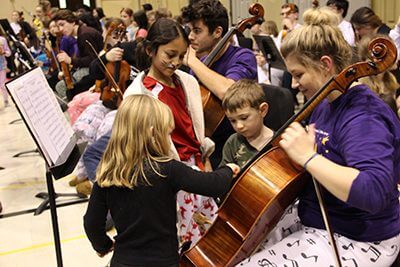 by Leah Abbe Bloem, Orchestra Director
by Leah Abbe Bloem, Orchestra Director
Pajamarama is pure joy at its finest! This year’s event will be once again combined with the Lower School Admission Preview and held on Thursday, February 1. The evening will begin at 5 PM for prospective families and 5:30 PM for current families.
This Mounds Park Academy original event is a concert created by Upper School orchestra students for Lower School students and their families. The creative endeavor gives Upper School students a chance to entertain and engage with the younger children with unabashed delight. They get to remember what it was like to be a little kid, hearing an orchestra for the first time, in such a welcoming, happy, and fun atmosphere.
Celebrating the MPA Community
We are very fortunate to have pre-kindergarten through high school students all on one campus, which builds a strong sense of community that feels like home. The Upper School orchestra students learn the music and plan a carnival with the understanding that the performance is not about them, but rather what they are giving to, and sharing with, the broader community.
The strong connection between Upper and Lower School students is evident every day at MPA, including at this event. Each student is kind and supportive of one another. At the event, the little ones are encouraged to try games again and again until they win, with cheers from the older students. Even those waiting in line will tell their peers in front of them to try again if they didn’t win the first time.
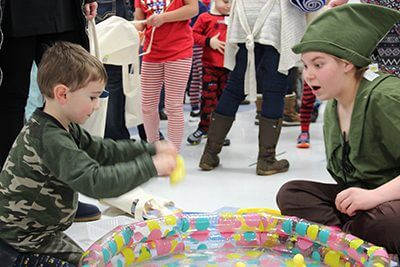
Experiencing the Joy of Musical Performance
Pajamarama is important because it gives the Upper School students a chance to look past the technical side of music education and experience the joy of sharing a musical performance. It also provides the opportunity for the orchestra students to really consider who their audience is and create an experience for them. The Upper School students learn about games and music that they may not even know in order to make each and every audience member feel valued and celebrated. They enjoy having the chance to give back to a school and community they love so much.
Creativity at Mounds Park Academy
Pajamarama began as a Disney concert approximately ten years ago. When I started teaching the orchestras four years ago, I decided to add the carnival portion to the night as well as to make the performance more interactive.
In most ensembles, it is common for the director to make the majority of the decisions regarding music and programming. However, for this performance almost all of the games and music have been planned, designed, and carefully developed by the Upper School orchestra students. Consequently, it is a powerful exercise in directing an entire artistic experience that they then perform for the community. The Upper School students both embrace their honed musical and artistic skills and simultaneously return to the delight of their youth through the games and activities with their younger friends.
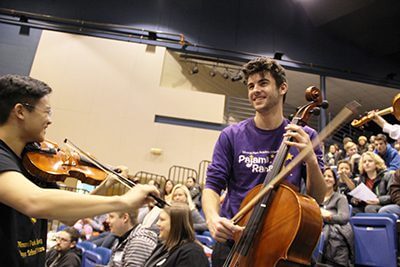 Delighting Kids of All Ages
Delighting Kids of All Ages
Students and parents alike love the performance. Upper School parents tell me how much fun it is to watch their child act like a little kid again and jump right into all the games, dancing, and singing. It is a reminder that we are all kids at heart and that we don’t have to grow up too fast. Along with the carnival, we also have milk and cookies at the end of the night, while our characters read bedtime stories.
At first glance, one would assume that the Lower School students enjoy the performance the most. However, watching these high-school-age students interact with their younger counterparts always proves that they are just as excited as the grade school students. In rehearsals, the Upper School students are slightly hesitant to sing songs by Raffi and dance to the Hokey Pokey while trying to play their instrument, but once they get a chance to dance and sing with the younger kids, one can see nothing but smiles on all of their faces.
Prospective families should RSVP in advance here! We look forward to welcoming you to Pajamarama!
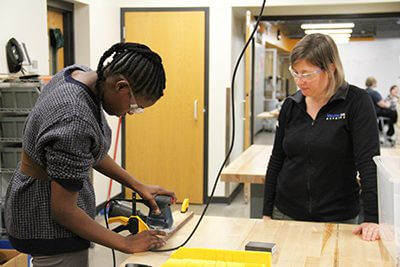 Upper School student Cloris Lin established MPA’s Design Club this year as a creative outlet beyond the classroom. The Makerspace became home to the club, hosting their meetings officiated by Ms. Koen. The meetings, which take place every Monday during lunch and after school, begin with one simple question: “What do you want to make?”
Upper School student Cloris Lin established MPA’s Design Club this year as a creative outlet beyond the classroom. The Makerspace became home to the club, hosting their meetings officiated by Ms. Koen. The meetings, which take place every Monday during lunch and after school, begin with one simple question: “What do you want to make?”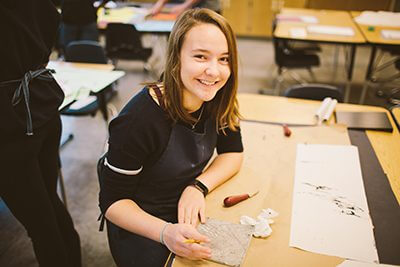 by Dr. Bill Hudson, Head of School
by Dr. Bill Hudson, Head of School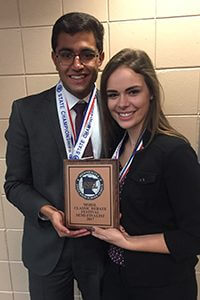 The MPA Upper School Debate team competed at the State Debate Tournament last weekend, placing third overall! The varsity team of Pranay Somayajula and Meg Wilkening were semifinalists, losing on an extremely close decision. As a senior, Pranay was both proud and nostalgic as the tournament came to a close.
The MPA Upper School Debate team competed at the State Debate Tournament last weekend, placing third overall! The varsity team of Pranay Somayajula and Meg Wilkening were semifinalists, losing on an extremely close decision. As a senior, Pranay was both proud and nostalgic as the tournament came to a close.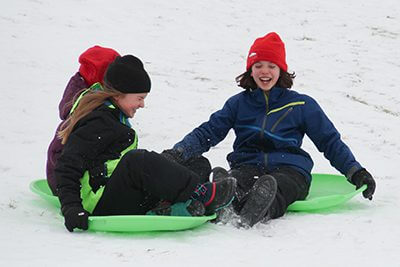 by Renee Wright, Lower School Director
by Renee Wright, Lower School Director by Dr. Bill Hudson, Head of School
by Dr. Bill Hudson, Head of School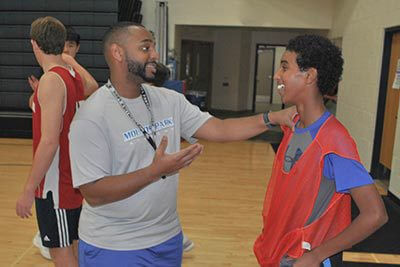 Mounds Park Academy Boys Basketball is thrilled to announce Jacob Schwartz ’09 as head varsity coach! He is taking over for Dan Haase, who moved into the role of Athletic Director after 16 years coaching basketball at MPA. Previously, Jacob coached MPA’s Junior Varsity team while also acting as an assistant coach on the Varsity bench.
Mounds Park Academy Boys Basketball is thrilled to announce Jacob Schwartz ’09 as head varsity coach! He is taking over for Dan Haase, who moved into the role of Athletic Director after 16 years coaching basketball at MPA. Previously, Jacob coached MPA’s Junior Varsity team while also acting as an assistant coach on the Varsity bench.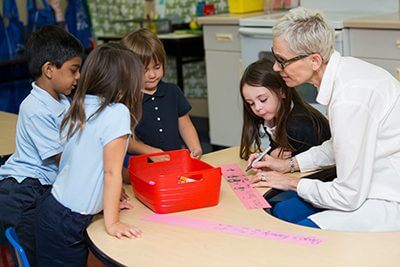 Being a parent today is hard work. Like you, I worry a lot about the world my children are growing up in. Uncertainty about the political and social climate of our country and world, increasing access and use of social media and use of screens by our children, fears about bullying and sexual harassment, violence in our schools, churches, and communities, and a rise of anxiety and depression among young people, are just a few examples of my greatest worries.
Being a parent today is hard work. Like you, I worry a lot about the world my children are growing up in. Uncertainty about the political and social climate of our country and world, increasing access and use of social media and use of screens by our children, fears about bullying and sexual harassment, violence in our schools, churches, and communities, and a rise of anxiety and depression among young people, are just a few examples of my greatest worries.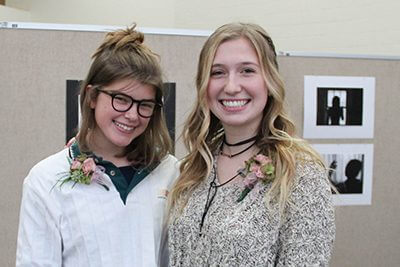 Visit campus to walk through “Two Perspectives,” a beautiful and expressive tandem photo exhibition by MPA Upper School students Alex Esch and Siri Vorvick! The display opened November 6 in the Gallery. Both students are working toward their Certificates of Distinction and describe their art as purposeful, exploratory, and adventurous.
Visit campus to walk through “Two Perspectives,” a beautiful and expressive tandem photo exhibition by MPA Upper School students Alex Esch and Siri Vorvick! The display opened November 6 in the Gallery. Both students are working toward their Certificates of Distinction and describe their art as purposeful, exploratory, and adventurous.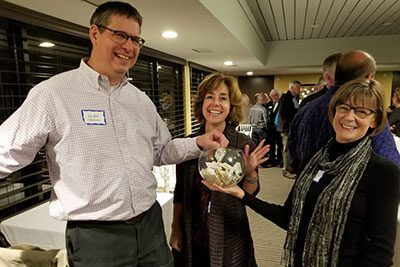 by Dr. Bill Hudson, Head of School
by Dr. Bill Hudson, Head of School